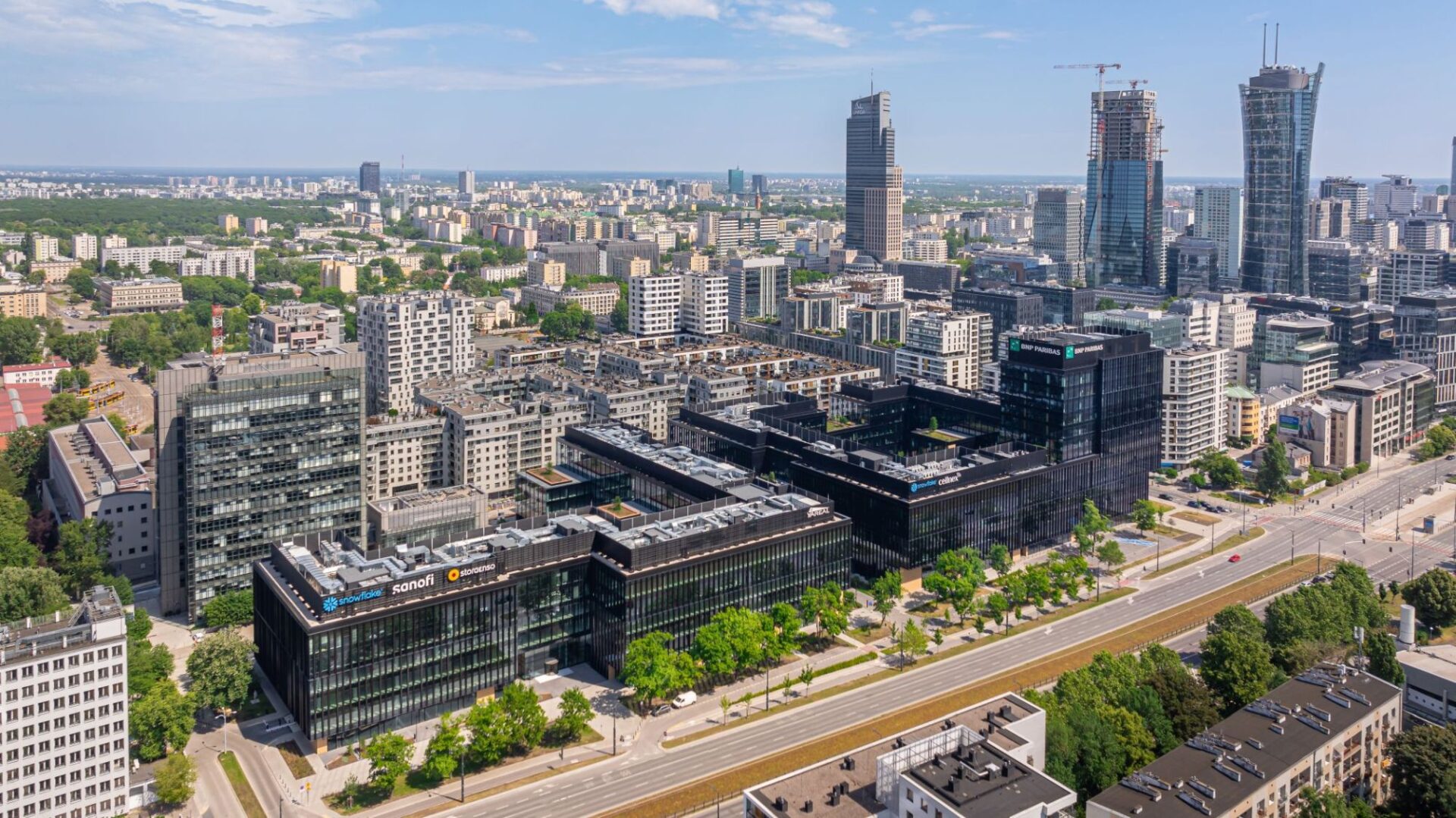The Polish economy continues to follow a consistently solid growth path and this is supporting upbeat sentiment on the investment side of the commercial real estate market. Strong labour market improvements and firm job creation are driving occupier demand, but the rapid growth in availability means rents are expected to remain under pressure for the time being.
Economic growth in Poland has been robust, with GDP set to have increased by around 3.5 percent in 2015. Domestic demand has been the key driver of the expansion, fuelled by rising employment, strong real wage increases and improving financial conditions – all of which are likely to continue over 2016. Moreover, business confidence remains high and should lead to further strong growth in gross fixed capital formation following increases of roughly 10 percent and 7 percent in 2014 and 2015, respectively. One downside, however, may come from imports rising at a slightly faster pace than exports on account of the strength of domestic demand. As such, net trade may weigh on GDP modestly going forward. Nevertheless, the Polish economy continues to follow a consistently solid growth path and this is supporting upbeat sentiment on the investment side of the commercial real estate market. On the occupier side, although strong labour market improvements and firm job creation are driving occupier demand, the rapid growth in availability means rents are expected to remain under pressure for the time being.
The Occupier Sentiment Index remained in negative territory, although to a lesser extent than previously, coming in at -9. Nevertheless, occupier demand growth accelerated notably over the quarter, with each sector seeing a solid increase in tenant demand, led by offices. Availability continued to rise sharply with the office sector seeing the greatest uptick. As a result, the value of landlord incentive packages increased in all areas of the market. Against this backdrop of supply growth outstripping that of demand, rents are expected to fall across the majority of sectors over the next twelve months, albeit prime retail space may post marginal gains.
The Investment Sentiment Index climbed to +37, the highest reading since 2011 and signalling a sharp rate of improvement in overall investment market dynamics. Investment enquiries rose across the board, with demand increasing smartly from both domestic and foreign investors. The supply of property for sale fell in the industrial and retail areas of the market but increased marginally in the office sector. Twelve month capital value expectations returned to positive territory, with prime locations across all sectors now projected to see price growth.
Key market indicators
-
3 Month Rental and Capital Value Expectations – The excess supply of space available for occupancy continues to weigh on near term rent expectations.
-
Market Valuations – A significant 86 percent of respondents sense commercial real estate to be either at or below fair value at present, a notable increase from the 58 percent who were of this opinion in Q3.







